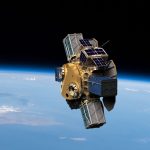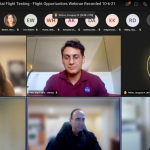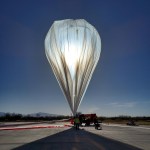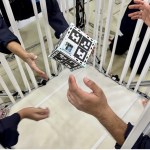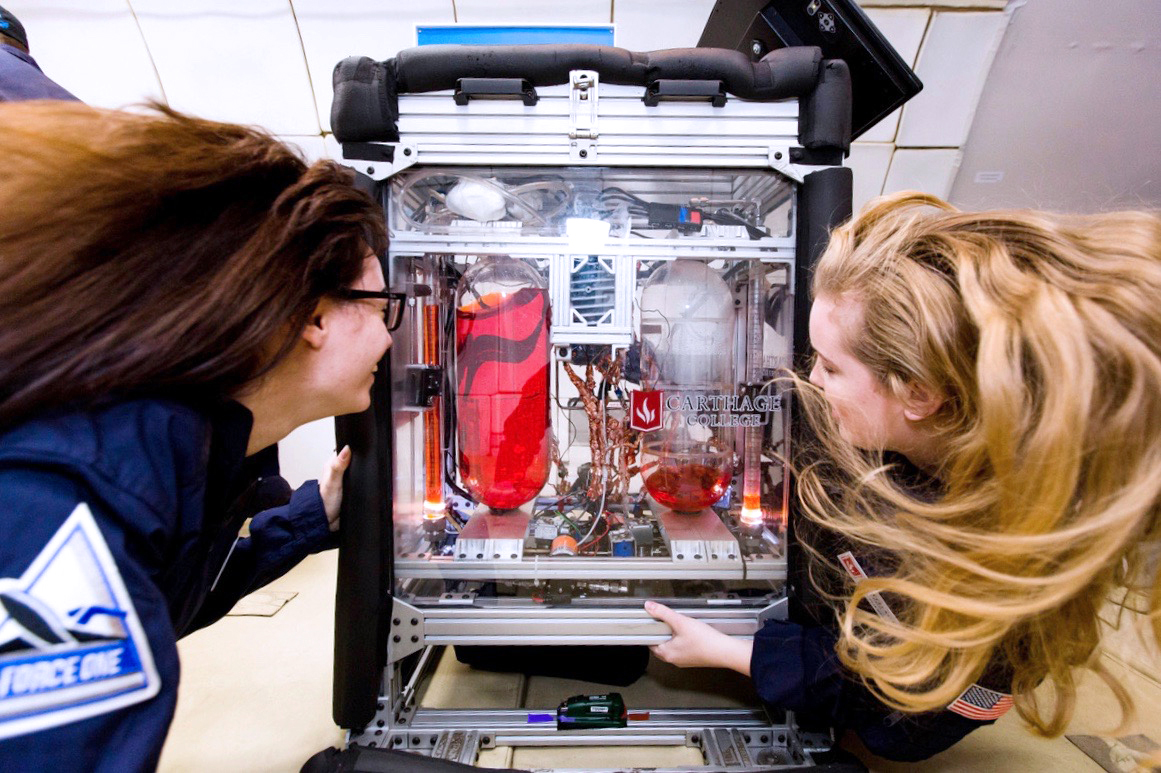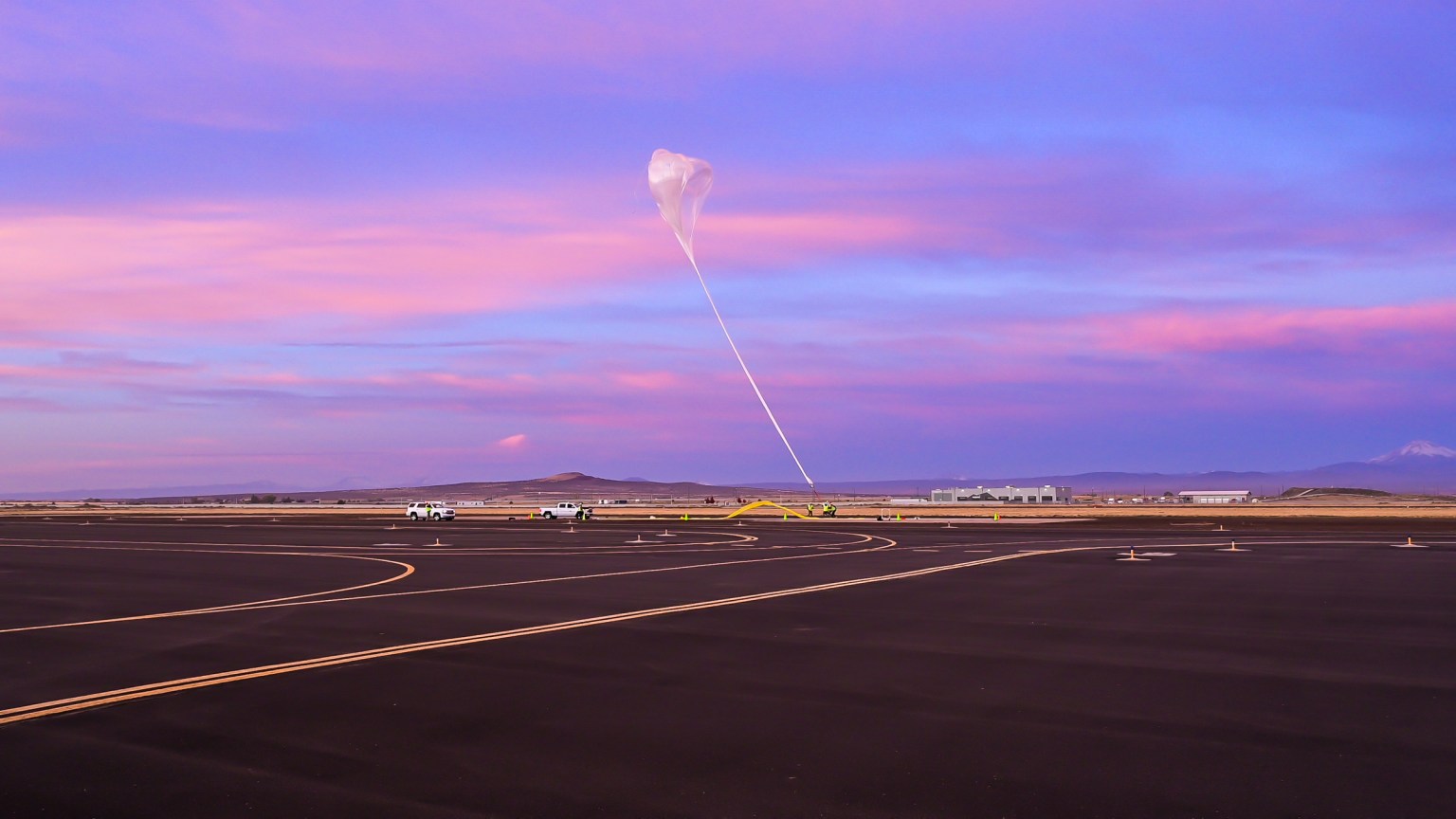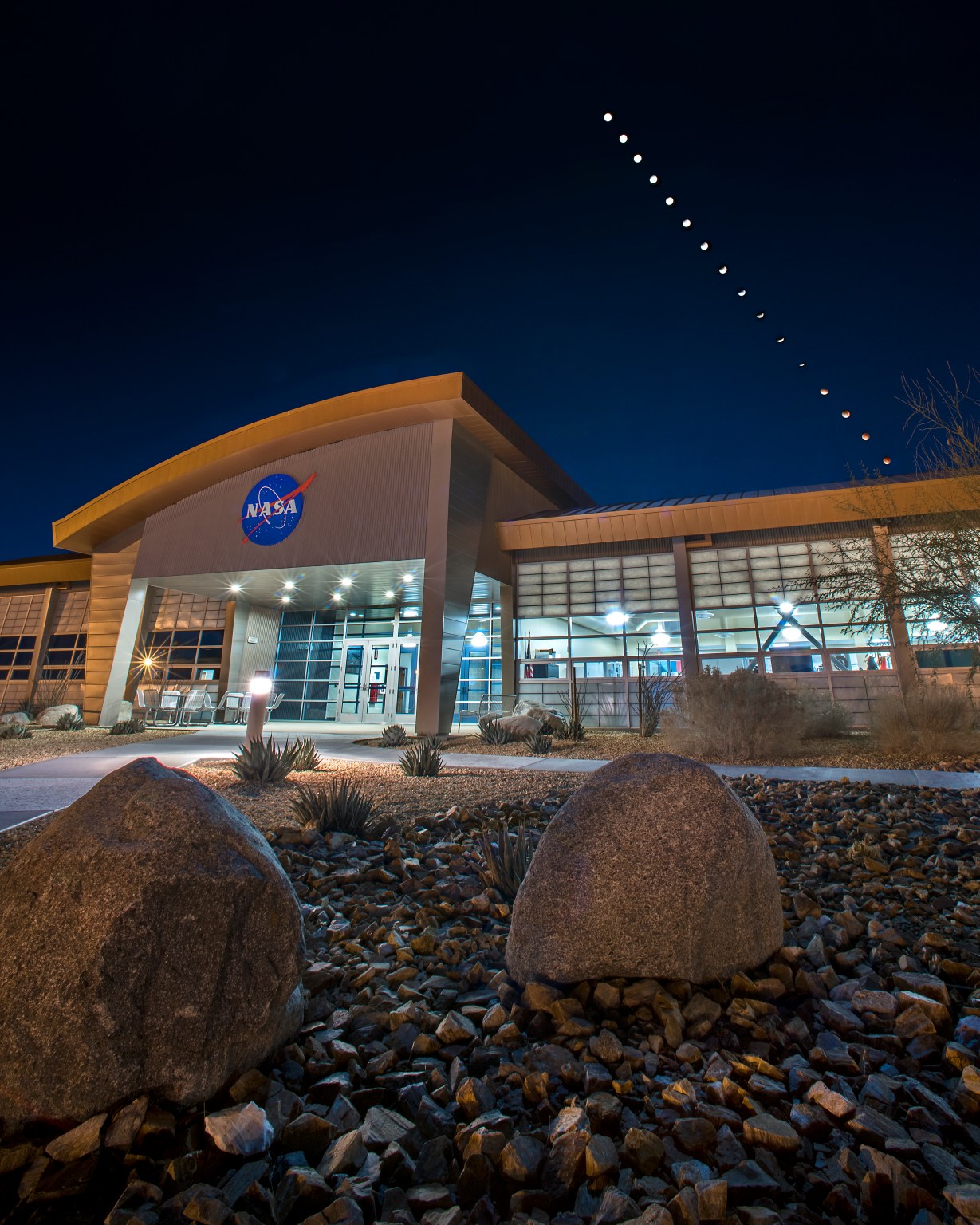Lessons Learned Library
Over the years, Flight Opportunities participants have identified dozens of suggestions to help researchers be more successful in their flight testing. The Lessons Learned Library presents these suggestions – many of which were shared in the program’s Community of Practice webinars. (Access more information about these webinars under the Resources menu above.)
Check back often, as Flight Opportunities is always adding to this library.
Quick TIPS
Getting Involved with the Flight Opportunities Program
Researchers interested in testing their payload in a relevant environment are encouraged to follow these best practices to engage with the program and make the most of their experience.
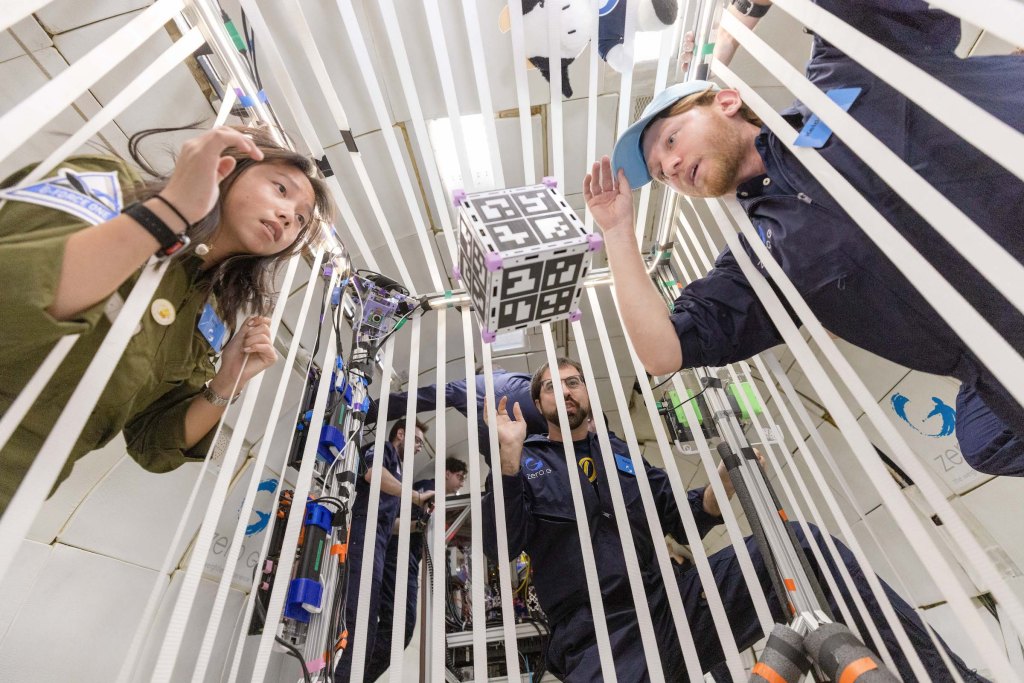
Preparing Proposals
Read these quick tips to keep in mind when writing proposals to apply for access to Flight Opportunities testing.
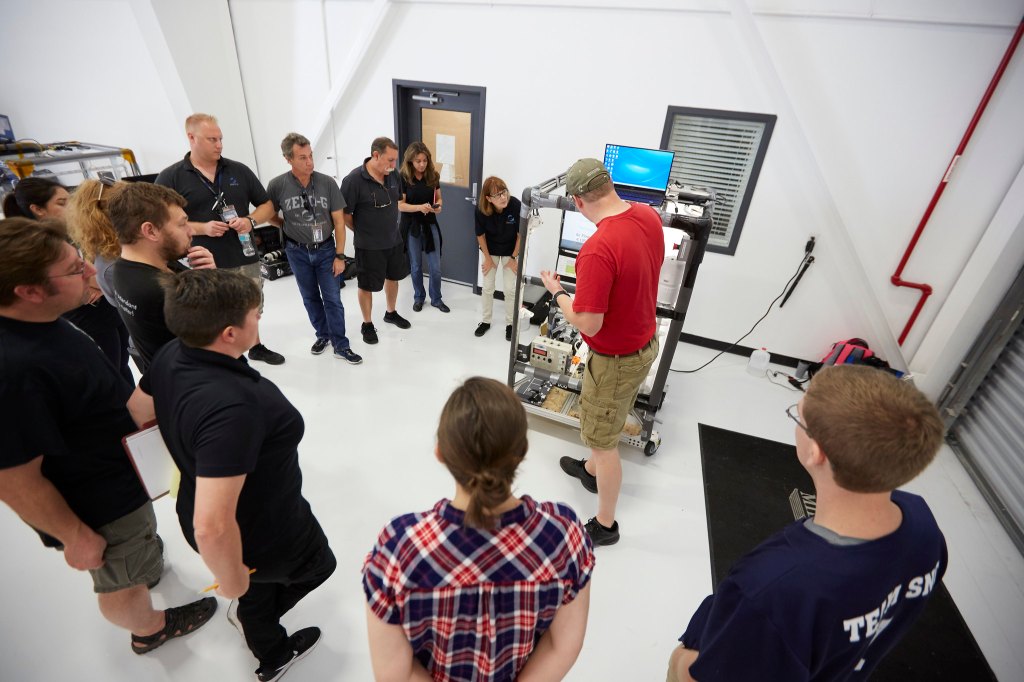
Getting Ready to Fly:
Step-by-Step Suggestions
In addition to general advice for getting involved with the Flight Opportunities program, the following are key best practices at specific stages of the Flight Opportunities process.
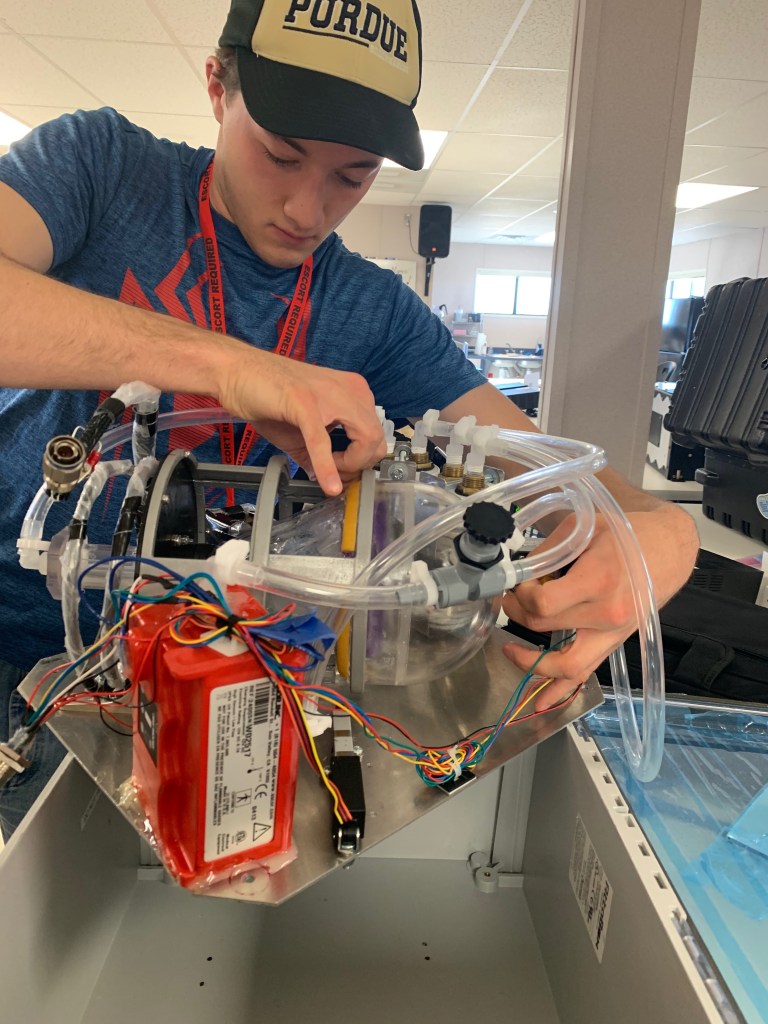
Best Practices for Payload Design
In addition to the tips provided for the payload-development stage of the process, keep the following guidance in mind when designing your payload.

Top Tips for Each Type of Flight Platform
Learn more about working with parabolic vehicles, high-altitude balloons, rocket-powered vehicles, and orbital platforms hosting payloads.
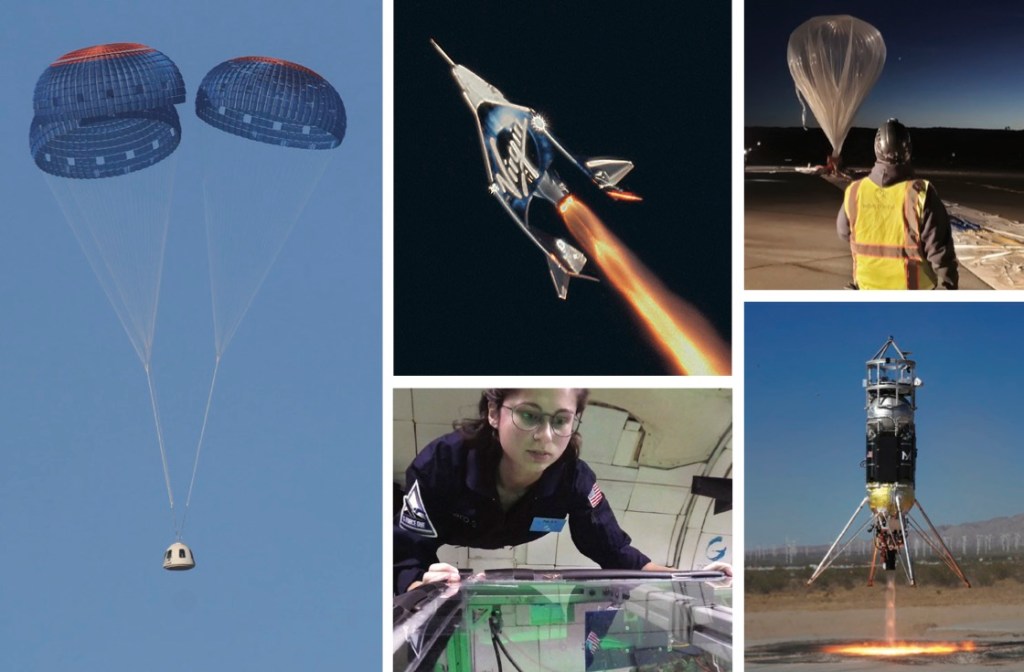
Downloadable Library
Download a PDF that includes these tips along with links to the supporting video content.

Learn More and Get Involved

Commercial Flight Providers
When non-U.S. government researchers compete for funding through the Flight Opportunities program's TechFlights solicitation, they can propose to use any viable U.S.-based commercial provider. For U.S. government research, NASA has IDIQ (Indefinite Delivery/Indefinite Quantity) contracts with several flight services vendors.


























